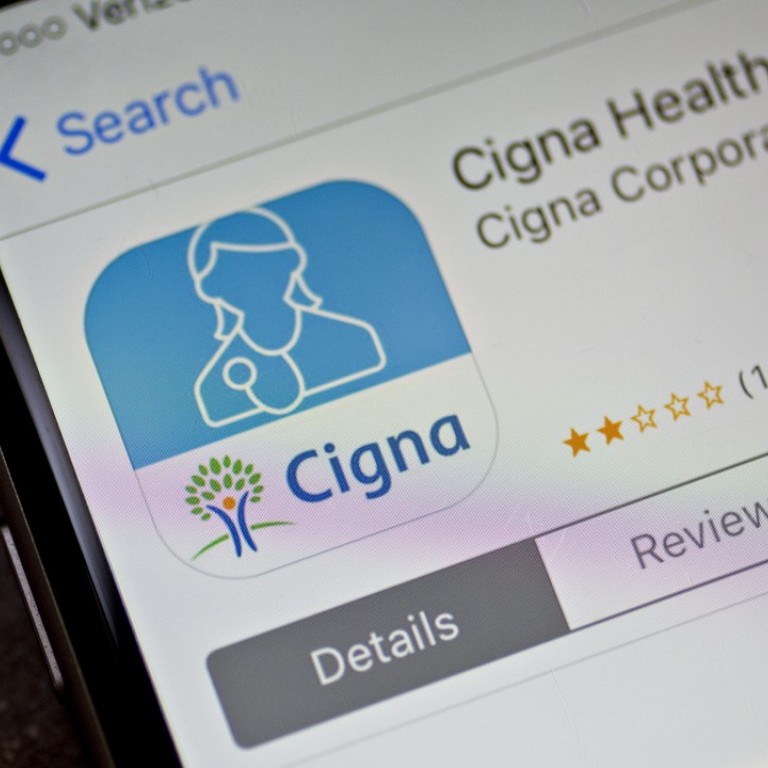
US health insurer Cigna expects China to become its biggest international market
Expanding middle class, ageing society and rise of chronic diseases will fuel growth, says company
US health insurer Cigna sees attractive growth opportunities in Asia, particularly in China, which it expects will become its biggest overseas market through its joint venture with China Merchant Bank, said Jason Sadler, the company’s president of international markets.
Cigna is committed to further deepening its operations in China through its 50-50 joint venture, Cigna & CMB Life Insurance, he said. The company is in the process of expanding into more provinces from 15 currently. The licences for branches of foreign insurers are issued on a province-by-province basis.
International business is the fastest growing part of Cigna’s business portfolio. These markets, which also include India, Hong Kong, Turkey and the Middle East, among others, have overall recorded double-digit revenue and earnings growth for the past seven years. South Korea, where it has been operating for 31 years, is currently its biggest overseas market.
Sadler did not specify a timeline for when he expected China to overtake South Korea as the company’s top international market, but with its “ageing demographic, the continued growth of its middle class and rise of chronic diseases, China is likely to become the largest part of our foreign business”.

These factors have fuelled an increasing demand for private health and life insurance products from individuals, he said. “For example, today, China has overtaken India with the highest number of diabetics,” he said.
Sadler said the company’s digital strategies are key to how it intends to grow its China business, both from the base of its two million-plus individual customers in the country, and an increasing number of international and Chinese corporate clients.
For instance, to reduce the risk of insurance claim forgeries its branches in China have installed facial-recognition technology, so that customers can file their claims by having their photos taken rather than submitting forms with signatures.
About 18 months ago, it also started offering a mobile application that lets users carry out an online health self-assessment. The app also offers advice on where the nearest hospitals and doctors are, and real-time monitoring of an individual’s health status.

Through the app, Cigna can also collect data about its customers’ behaviour and preferences, enabling it to conduct further analysis into the types of customers that are most likely to make a claim, and offering them more personalised products and terms accordingly.
China has overtaken India with the highest number of diabetics
The joint venture initially focused its digital strategy on product sales. More recently, this has expanded to “a whole customer experience”, including post-sales support.
“Further investment in digital is important. People today predominantly use these methods to interact with each other – whether it be with their friends on social media, or with their bank or insurance company, via apps or chatbots. We are leveraging best practises in artificial intelligence, from our largest market, Korea, to improve our digital health care services,” said Sadler.
Outside China, India is another fast growing market for the group, where the US insurer is in the process of obtaining regulatory approval for changing its joint venture partnership to Manipal Group, which runs the second-largest hospital network in India, from its original partner, conglomerate TTK Group. Manipal Group agreed to buy out TTK’s 51 per cent stake in the joint venture last year.
For the first quarter this year, Cigna’s net profit was US$915 million, up by 53 per cent from US$598 million.

